Hackaday has open-source running deep in our veins — and that goes for hardware as well as software. After all, it’s great to run open-source software, but if it’s running on black-box hardware, the system is only half open. While software has benefited mightily from all of the advantages of community development, the hardware world has been only recently catching up. And so we’ve been following the RISC-V open-source CPU development with our full attention.

Our keynote speaker for the 2019 Hackaday Superconference is Dr. Megan Wachs, the VP of Engineering at SiFive, the company founded by the creators of the RISC-V instruction-set architecture (ISA). She has also chaired the RISC-V Foundation Debug Task Group, so it’s safe to say that she knows RISC-V inside and out. If there’s one talk we’d like to hear on the past, present, and future of the architecture, this is it.
The RISC-V isn’t a particular chip, but rather it’s a design for how a CPU works, and a standard for the lowest-level language that the machine speaks. In contrast to proprietary CPUs, RISC-V CPUs from disparate vendors can all use the same software tools, unifying and opening their development. Moreover, open hardware implementations for the silicon itself mean that new players can enter the space more easily, bring their unique ideas to life faster, and we’ll all benefit. We can all work together.
It’s no coincidence that this year’s Supercon badge has two RISC-V cores running in its FPGA fabric. When we went shopping around for an open CPU core design, we had a few complete RISC-V systems to pick from, full compiler and development toolchains to write code for them, and of course, implementations in Verilog ready to flash into the FPGA. The rich, open ecosystem around RISC-V made it a no-brainer for us, just as it does for companies making neural-network peripherals or even commodity microcontrollers. You’ll be seeing a lot more RISC-V systems in the near future, on your workbench and in your pocket.
We’re tremendously excited to hear more about the project from the inside, and absolutely looking forward to Megan’s keynote speech!
The Hackaday Superconference is completely sold out, but that doesn’t mean that you have to miss out. We’ll be live-streaming the keynote and all other talks on the Supercon main stage, so subscribe our YouTube channel and you won’t miss a thing.


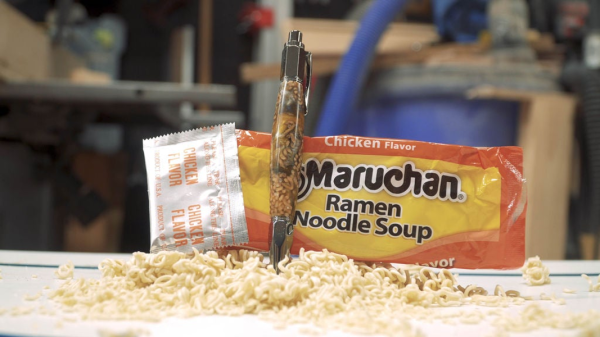


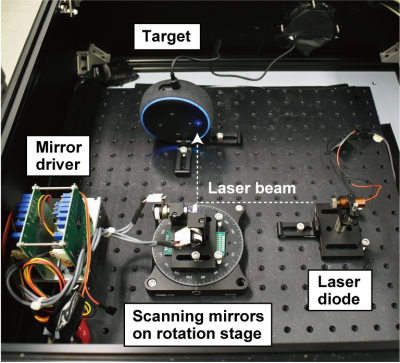 In one of the cooler hacks we’ve seen recently, a bunch of hacking academics at the University of Michigan researched the ability to flicker a laser at audible sound frequencies to see if they could remotely operate microphones simply by shining a light on them.
In one of the cooler hacks we’ve seen recently, a bunch of hacking academics at the University of Michigan researched the ability to flicker a laser at audible sound frequencies to see if they could remotely operate microphones simply by shining a light on them.  Knowles SPV0842LR5H. This attack is relatively easy to prevent; manufacturers would simply need to install screens to prevent light from hitting the microphones. For devices already installed in our homes, we recommend either putting a cardboard box over them or moving them away from windows where unscrupulous neighbors or KGB agents could gain access. This does make us wonder if MEMS mics are also vulnerable to radio waves.
Knowles SPV0842LR5H. This attack is relatively easy to prevent; manufacturers would simply need to install screens to prevent light from hitting the microphones. For devices already installed in our homes, we recommend either putting a cardboard box over them or moving them away from windows where unscrupulous neighbors or KGB agents could gain access. This does make us wonder if MEMS mics are also vulnerable to radio waves.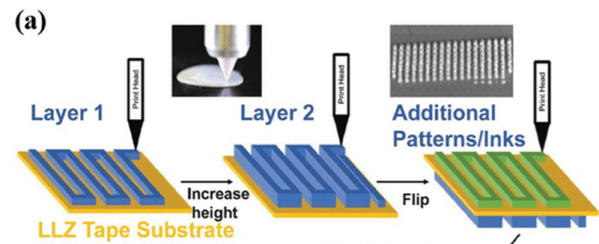
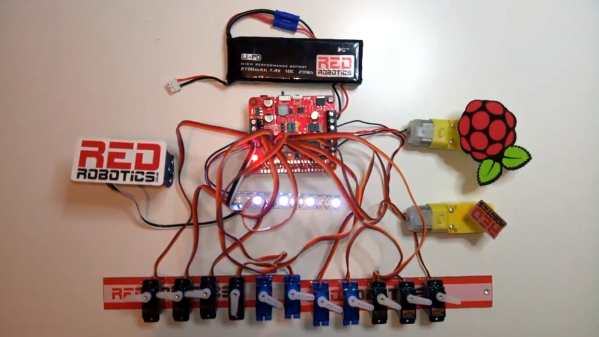

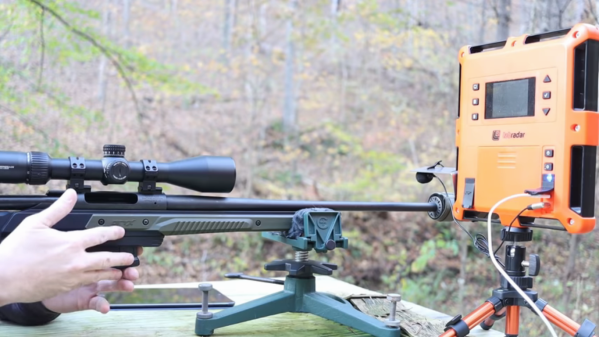
 If we take a quick look at what’s happening on Johnny’s Reloading Bench
If we take a quick look at what’s happening on Johnny’s Reloading Bench 









